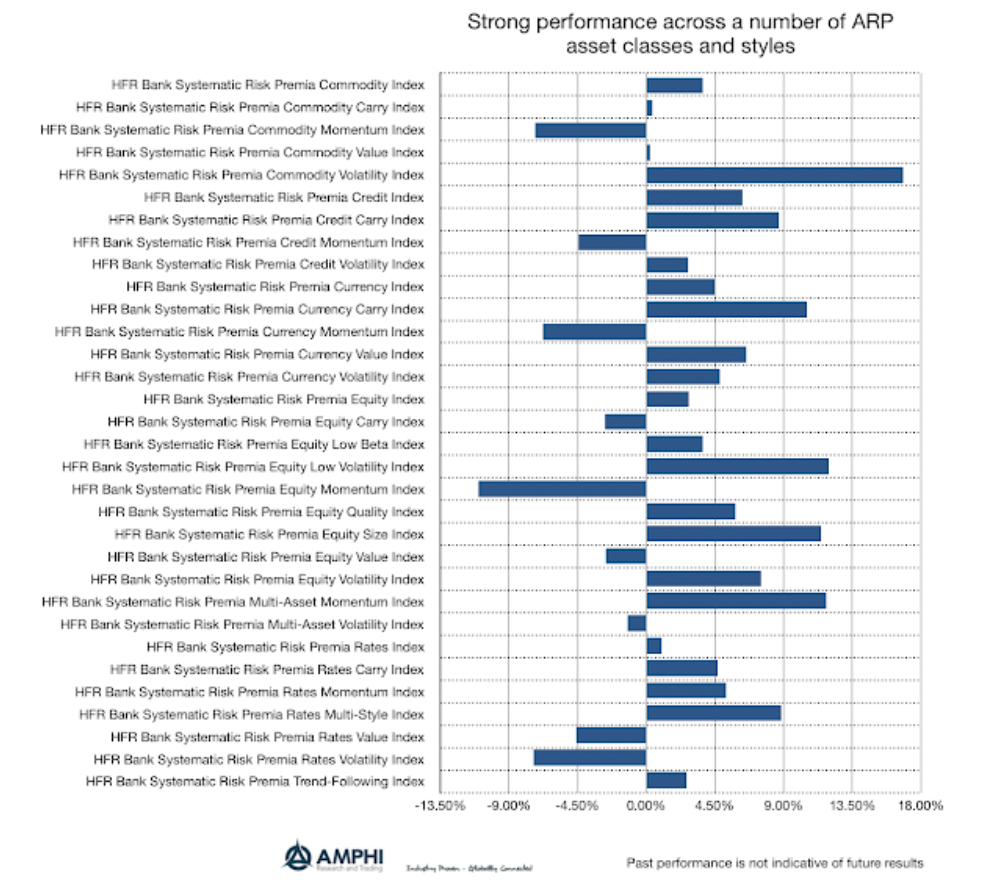Category: Alternative Investment Strategy
Inflation Coming?
Want to play a “fun” game? Go to Google and type “currency crisis (insert any country name)” and see your results. Luckily for Americans, you will find that the United States is one of the few countries that have avoided this designation so far. As one of my Polish friends who immigrated asked me, “Why […]

Why Traditional Hedges Fail
An article by Scot Billington, Covenant Capital Management Unfortunately, most traditional hedges fail to deliver in several key areas. Buy-and-hold investing has been wildly successful since 1982; however, its adherents have had to endure two 50% drawdowns, a 25% down day, and 14 years of zero return. Long-term wealth is significantly impacted by drawdowns of […]
Futures Contracts are Easy. You are Already Using Them.
I have spent over a decade in the futures industry, so I am accustomed to blank stares when I tell people what I do. Most immediately assume it is too complicated to even try to understand. The ironic thing is that we all intuitively understand them already. We trade them all the time. We can […]
Market Sentiment. I feel that you should pay attention.
Market sentiment is a broad term that encompasses the prevailing feeling that investors have about a market. Measuring this “feeling” can be accomplished in a variety of ways. CNNMoney has a Fear and Greed Index that displays this in a simple format showing when investors are most willing to take on risk or hunker down. […]
Investment Portfolio Design for an Unpredictable World
Investors are always faced with choices. My experience tells me that these choices are often driven by simple quirks of human behavior. Two of these that seem to be big drivers seem to be recency bias and a desire for simplification. Both of these naturally make us poor investors. For example, in March of 2020 […]
We Are All Survivors
Duncan Coker — Rivercast Capital Management — January 2020 Congratulations! If you are reading this article, you are a survivor! Granted, on some days, nothing seems to go right, but compared to the alternative, life is good. It tends to give us an optimistic outlook, as it should. Optimism is a great thing; without it, […]
Understanding Alternative Investment Strategies: Exploring Crisis Alpha Opportunities
Disclaimer While investment in managed futures can help enhance returns and reduce risk, it can also do just the opposite and, in fact result in further losses in a portfolio. In addition, studies conducted on managed futures as a whole may not be indicative of the performance of any individual CTA. The results of studies […]

Why does momentum investing work?
Conventional wisdom says that it should be doomed once any stock-picking strategy nears “sure thing” status. If everyone knows the secret to vast riches, how could the strategy possibly work anymore? But there is a successful strategy that has been followed — and widely discussed — for decades, yet somehow persists as a relatively reliable […]
From Hedge Funds to Passive Investing: The Need for a Paradigm Shift in Endowments
Endowments are supposed to be the smart money, yet if you review the recent exhaustive paper on return performance, you will get a different impression. Large endowments do better than small endowments, but when you compare with a simple 60/40 stock bond balanced fund, there is not a lot of alpha generated. See “Investment Returns and […]
The Growing Impact of Industry Domination on Futures Markets
Few will disagree that competition through a diverse set of independent traders is good for futures markets trading. Still, this issue should be broadened to the subtle impact of general competition across firms in the economy, not just the futures markets themselves. A growing set of recent research suggests that the US is becoming less […]
Monetary regime change – A crisis catalyst is needed
Reviewing the first quarter financial performance, the dominant macro theme was the change in Fed policy actions. The same could be said about the EU—no rate increase and no solid trend for normalization. The new macro focus is on the choice of Fed governors. More important than any policy comments or change in Fed governors […]
The Fed’s Independence: History, Current Issues, and Implications for Financial Markets
Is the Fed independent? Should it be independent? Has independence been an important topic in the past? More specifically, should new Fed governors be biased to economic growth, consistent with current fiscal policies over expected inflation, focus on price stability? The current discussion associated with new Fed governors is nothing new. The Fed has always fought for as much independent as possible, yet the Fed is a creature of Congress.

Strong first quarter returns for selected alternative risk premia
Selected alternative risk premia showed strong performance during the first quarter. There is significant tracking error with the HFR risk premium indices versus individual bank risk premia swaps, but they can provide some suggestive rankings. This strong performance should not be surprising given the large reversal of with equity beta and the strong moves in global bond markets. A couple of major themes emerged for the first quarter centered around positive equity beta risk and falling volatility.